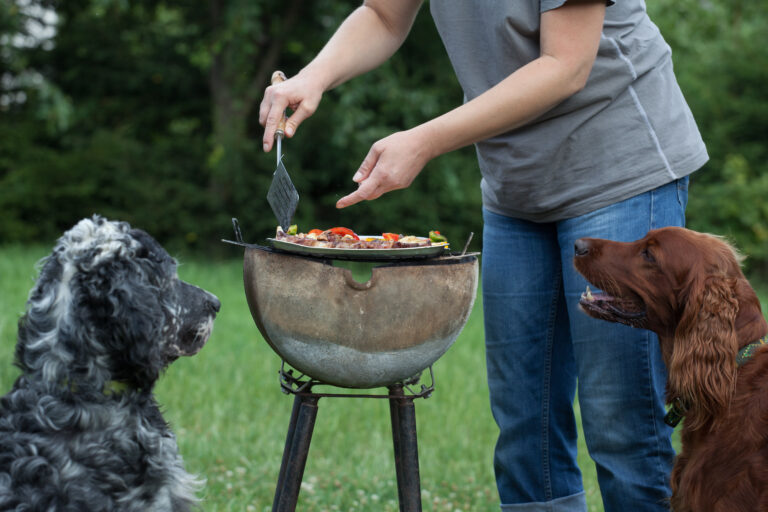When it comes to keeping your pet safe and healthy during the hottest part of the year, it pays to be well-informed and prepared for all the variables that Aussie summers like to throw at us, whether you're staying at home or travelling our beautiful country.
If the temperature is uncomfortable for you, there's a good chance it's just as displeasing to your pet. They are covered in fur after all, and we doubt anyone would voluntarily go out in forty-degree weather wearing a massive coat.
Because of this, it's important to understand the dangers that summer poses to our pets, and take steps to keep them safe and cool.


